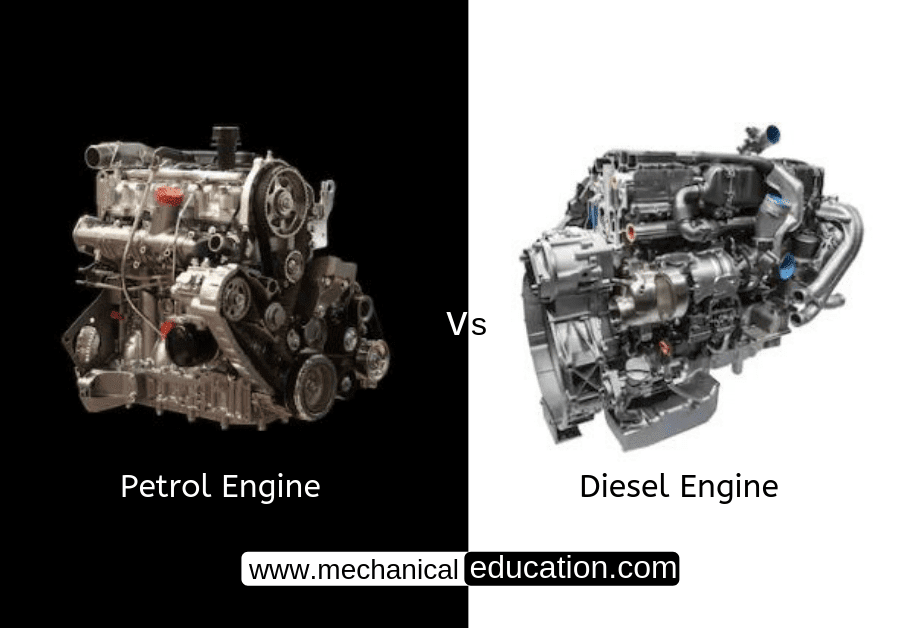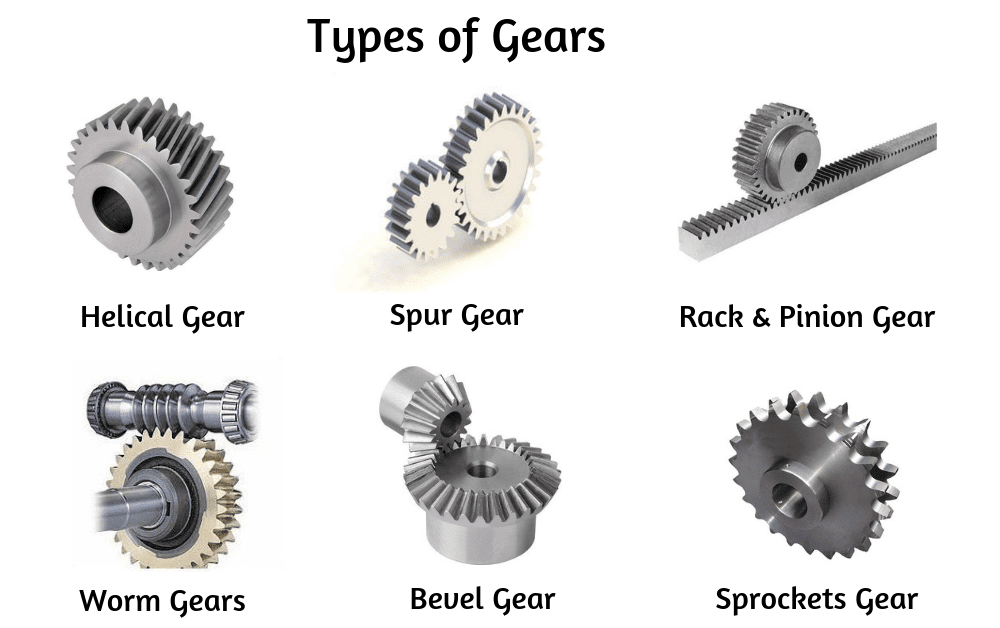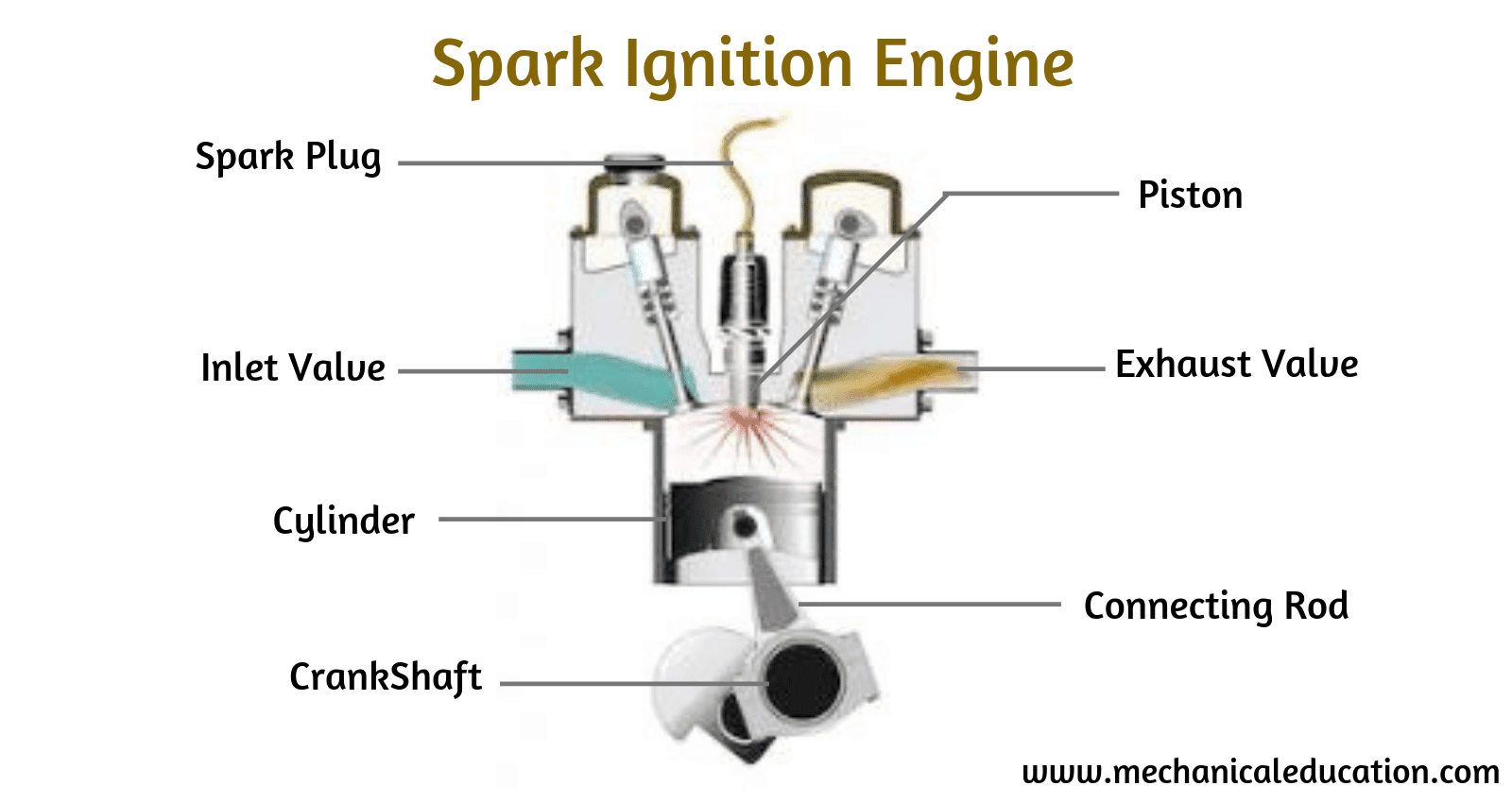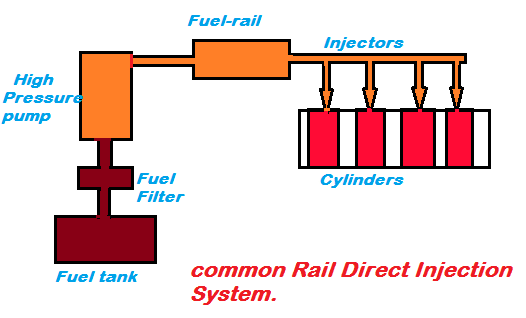Introduction: The timing belt is an integral part of your car’s engine. It ensures that the camshafts and crankshafts rotate in sync with one another, allowing for optimal performance from your engine. Knowing when it’s time to replace your timing belt is essential for keeping your car running efficiently and avoiding costly repairs down the line. Let’s take a look at what a timing belt does, how often it needs to be replaced, and why it’s important.
What Does a Timing Belt Do?
The timing belt is made of rubber or synthetic material and runs around two pulleys connected to the crankshafts within your engine block. The crankshaft powers the pistons while the camshaft controls the valves that allow air, fuel, and exhaust in and out of each cylinder head chamber. The timing belt synchronizes these two components so they rotate in step with each other, ensuring that the pistons fire at their optimum time as well as controlling the duration of valve opening during combustion events within each cylinder head chamber. Without a properly functioning timing belt, these events will not occur correctly which can lead to serious damage to your engine over time.
How Often Should You Replace Your Timing Belt?
Timing belts are designed to last anywhere from 60,000-100,000 miles on average depending on make/model/year of vehicle. However, manufacturers suggest replacing them every 50-70 thousand miles as a precautionary measure since failing to do so can lead to disastrous results such as bent valves or broken pistons damaging other parts of your engine. It is also recommended that you replace any associated tensioners or water pumps at this same interval as they may have worn out prematurely due to the aging of the timing belt itself.
Why Is Replacing Your Timing Belt Important?
Replacing your timing belt ensures that all systems within your engine remain properly synchronized leading to better performance overall while also avoiding costly repairs down the line due to faulty operation or complete failure of any component related to its function. As such, it is highly recommended that you stay up-to-date with scheduled maintenance intervals specified by your vehicle manufacturer in order keep everything running smoothly!
Conclusion:
A properly functioning timing belt is essential for keeping your car running efficiently and avoiding costly repairs down the line. It synchronizes crank shafts and cam shafts ensuring pistons fire at their optimum time as well as controlling valve duration times during combustion events within each cylinder head chamber. To avoid problems caused by aging belts due to wear and tear it is recommended you replace them every 50-70 thousand miles along with any associated tensioner or water pumps if necessary. Staying up-to-date with scheduled maintenance according to manufacturer suggestions will help ensure that all systems within your engine remain properly synchronized leading to better performance overall! Thanks for reading!




